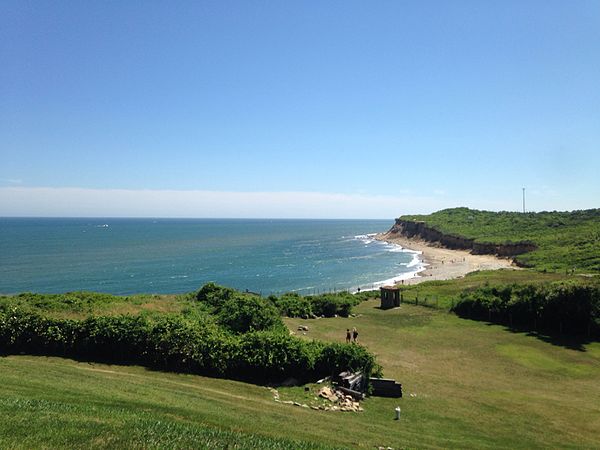Long Island New York
Have walk in freezer problems? Call us for Commercial Refrigerator repair quotes on Long Island
Have walk in freezer problems? Call us for Commercial Refrigerator repair quotes on Long Island
Long island is approximately 125 miles long and 80 miles wide at its widest point. Located in the southeastern side of New York State, east of NYC and surrounded by the Atlantic Ocean on 3 sides. Along the coast is Jones State Park, Fire Island and Montauk Point State Park. Along the east end of Long Island is North Fork, home to wineries. On the east side are ‘The Hamptons’ , towns that are characterized as upscale homes, trendy restaurants and loads of antique shops.
There are 2 counties on Long Island, Suffolk and Nassau. Suffolk is located more on the east end of the island and is characterized as being more affordable, while Nassau is just east of NYC.
Due to its proximity to the city, and surrounded by water, Long Island is a year round destination with diverse attractions from the beaches at The Hamptons, to Fire Island, Jones Beach to historic Gold Coast Mansions. Beautiful vineyards, great food and dining establishments, boutique shopping and charming downtowns.

© 2024 by Commercial Refrigeration Repair Pros, All Rights Reserved